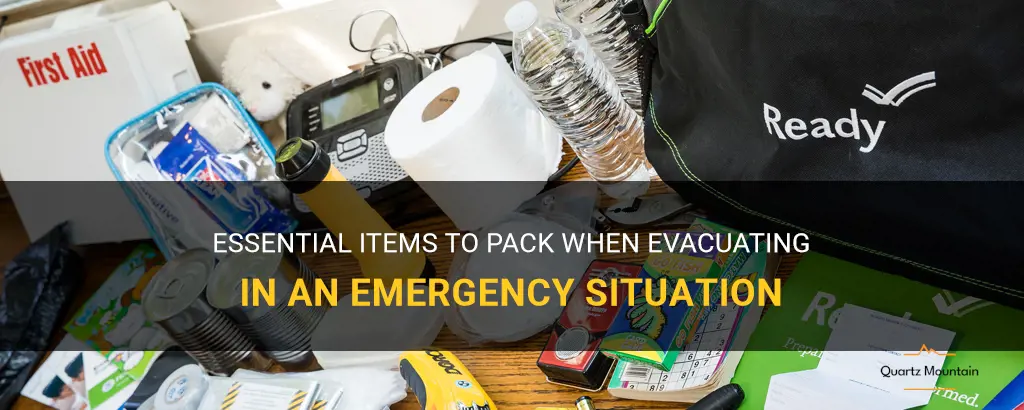
Emergencies can strike without warning, leaving us with little time to prepare and evacuate. In such critical situations, it is crucial to have a well-equipped emergency bag ready to grab and go. Whether it's a natural disaster, a fire, or any urgent situation that forces you to leave your home, knowing the essential items to pack can mean the difference between survival and being caught unprepared. From life-saving supplies to personal documents, this guide will walk you through the must-have items to pack when evacuating in an emergency situation, ensuring you are well-prepared for whatever comes your way.
| Characteristics | Values |
|---|---|
| Food | Non-perishable, easy to prepare |
| Water | At least 1 gallon per person per day |
| Medications | A week's supply |
| Clothing | Season-appropriate, durable |
| Bedding | Sleeping bags, blankets |
| Personal Hygiene Items | Toothbrush, toothpaste, soap |
| First Aid Kit | Bandages, medication, scissors |
| Important Documents | ID cards, passports, insurance |
| Cash | Small bills |
| Flashlights | Batteries |
| Cell phone and charger | Fully charged |
| Baby supplies | Diapers, formula, bottles |
| Pet supplies | Food, leash, carrier |
| Personal Identification | Information cards |
| Entertainment | Books, games, toys |
| Contact Information | Phone numbers, addresses |
| Weather-appropriate Gear | Raincoat, hats, gloves |
| Tools | Can opener, knife, multi-tool |
| Maps and Directions | Local, evacuation routes |
| Spare Keys | House, car |
| Spare Batteries | For essential electronics |
| Non-electric Cooking Equipment | Camp stove, fuel |
What You'll Learn
- What are the essential items to pack when evacuating due to a natural disaster?
- How much food and water should I pack when evacuating?
- What personal documents and important papers should I bring when evacuating?
- Is there any specific safety gear or equipment that should be included in an evacuation packing list?
- Are there any specific items or supplies to pack for specific types of emergencies, such as a hurricane or wildfire?

What are the essential items to pack when evacuating due to a natural disaster?
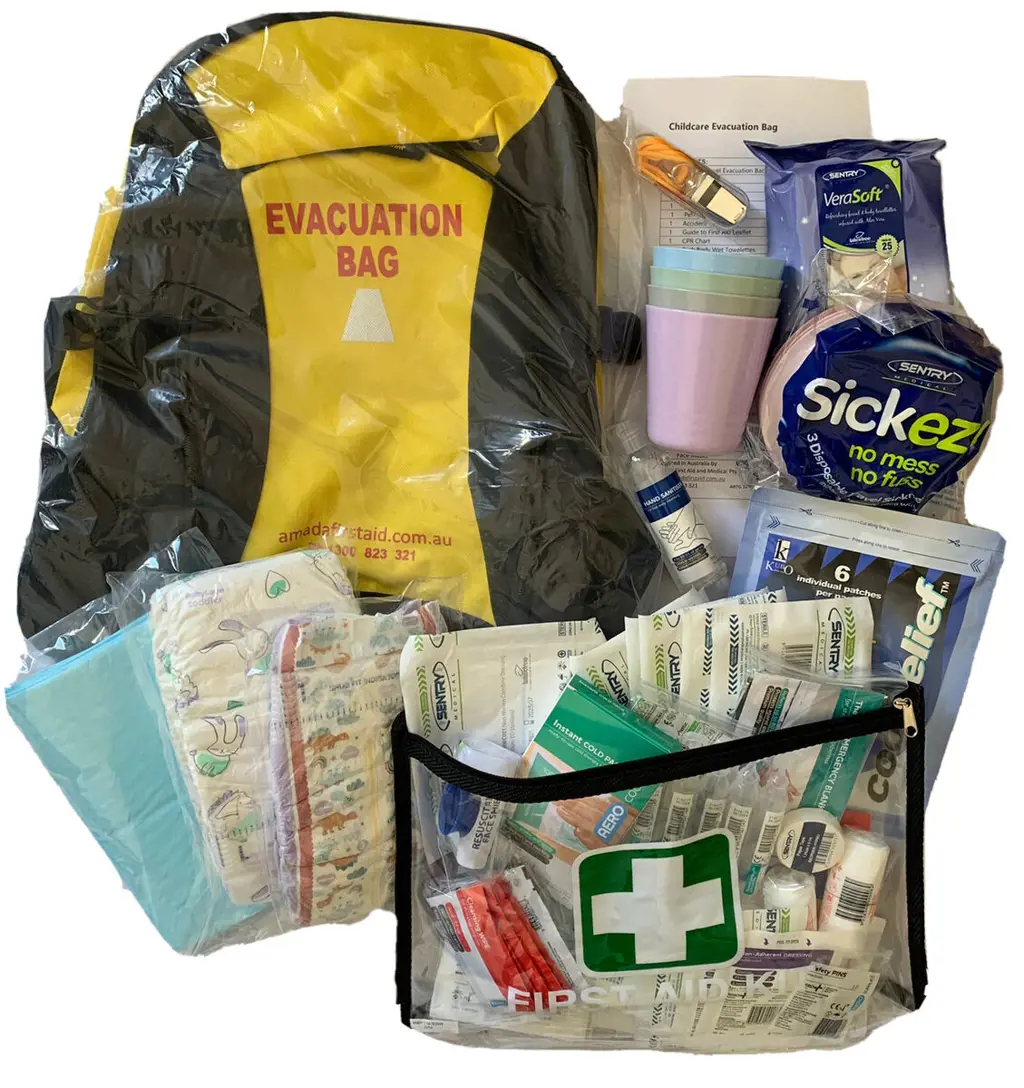
When it comes to evacuating due to a natural disaster, it's crucial to be prepared and have all the essential items packed and ready to go. Whether you're evacuating because of a hurricane, wildfire, earthquake, or any other natural disaster, having these items with you can greatly increase your chances of staying safe and comfortable during the evacuation process.
Emergency Kit:
It's important to have a well-stocked emergency kit that includes items such as a first aid kit, flashlight, batteries, non-perishable food, water, a manual can opener, extra cash, a portable phone charger, and a whistle. These items will come in handy in case of injuries, power outages, or any other emergencies.
Important Documents:
Make sure to carry copies of your important documents such as identification cards, passports, insurance papers, and medical records. It's a good idea to keep these documents in a waterproof bag or container to ensure their safety.
Clothing and Bedding:
Pack a few changes of clothes for each family member, including sturdy shoes and rain gear. Don't forget to pack blankets or sleeping bags to stay warm, as well as pillows and bedding for comfort.
Personal Hygiene Items:
Include essential toiletries such as soap, toothbrushes, toothpaste, toilet paper, and feminine hygiene products. It's also advisable to pack hand sanitizer and disinfectant wipes to maintain hygiene standards, especially during these uncertain times.
Medications and Prescription Drugs:
If you or any family member requires medications or prescription drugs, make sure to pack enough for a week or more. Keep them in their original packaging and don't forget to include any necessary medical supplies such as insulin, inhalers, or EpiPens.
Communication Devices:
Having reliable communication devices is vital during evacuations. Include a fully charged cellphone with an extra battery or portable charger, a battery-powered radio, and a list of emergency contact numbers. These items will help you stay updated with the latest information and communicate with your loved ones.
Food and Water:
Pack non-perishable food items such as canned goods, granola bars, and dried fruits. These foods have a long shelf life and don't require refrigeration. It's also essential to have at least one gallon of water per person per day, with a three-day supply being the minimum.
Pet Supplies:
If you have pets, don't forget to pack their essentials too. This includes food, water, medication, leashes, collars, and any necessary documents such as vaccination records.
Cash and Important Cards:
Keep some extra cash on hand, as ATMs and credit card machines may not be operational during evacuations. It's also advisable to have important cards such as credit cards, debit cards, and insurance cards readily available.
Entertainment and Comfort Items:
During an evacuation, it's important to keep yourself and your family members occupied and comfortable. Pack items such as books, games, puzzles, or any other activities that can help pass the time and reduce stress.
Remember, the above list is a general guide, and the items you need to pack may vary depending on the type of natural disaster and the location of your evacuation. It's essential to stay informed about evacuation procedures and follow the instructions given by authorities. Being prepared and having these essential items packed ahead of time can make a significant difference in ensuring your safety and well-being during an evacuation.
Essential Items to Pack for Trailer Camping
You may want to see also

How much food and water should I pack when evacuating?

When preparing to evacuate, it is important to pack enough food and water to sustain yourself and your family for at least 72 hours. This is because it may take several days for relief agencies to set up distribution centers and provide assistance in the aftermath of a disaster. Additionally, you may not have access to clean drinking water or food sources during this time.
Water is the most essential item to pack when evacuating. The general rule of thumb is to pack at least one gallon of water per person per day. This may vary depending on the climate and individual needs. If you are in a hot climate or have special dietary requirements, you may need to increase this amount. It is important to note that water should be stored in food-grade containers and replaced every six months to ensure its freshness.
In addition to water, it is important to pack non-perishable food items that are easy to store and prepare. Canned goods, dried fruits, nuts, and energy bars are all good options. Aim to pack enough food to provide 2,000-2,500 calories per person per day. This will help to sustain your energy levels and keep you nourished during the evacuation period.
When packing food and water, it is also important to consider any dietary restrictions or allergies within your family. If someone has a gluten intolerance or nut allergy, be sure to pack suitable alternatives. Similarly, if you have infants or young children, consider packing formula or baby food.
It is important to pack food and water in a sturdy and portable container. A backpack or duffel bag with multiple compartments can be useful for organizing and carrying the necessary supplies. Keep in mind that you may need to carry these supplies for long distances, so choose a container that is comfortable to carry.
When packing food and water, be sure to also include any necessary utensils or cooking equipment. A can opener, eating utensils, and a portable stove or camping stove can be useful if you need to prepare meals during the evacuation.
Finally, it is important to regularly check and rotate your emergency supply of food and water. Make sure to replace any expired items and update your supply according to the changing needs of your family. Regularly consuming and replenishing your emergency supplies will help ensure that they are fresh and ready to use when needed.
In conclusion, when evacuating it is important to pack enough food and water to sustain yourself and your family for at least 72 hours. Aim to pack at least one gallon of water per person per day and enough non-perishable food to provide 2,000-2,500 calories per person per day. Consider any dietary restrictions or allergies within your family and pack suitable alternatives. Choose a sturdy and portable container to store your supplies, and regularly check and rotate your emergency supply to ensure freshness. By following these guidelines, you will be better prepared to sustain yourself and your family during an evacuation.
Essential Items to Pack in a Drop Bag for a 50K Ultramarathon
You may want to see also

What personal documents and important papers should I bring when evacuating?
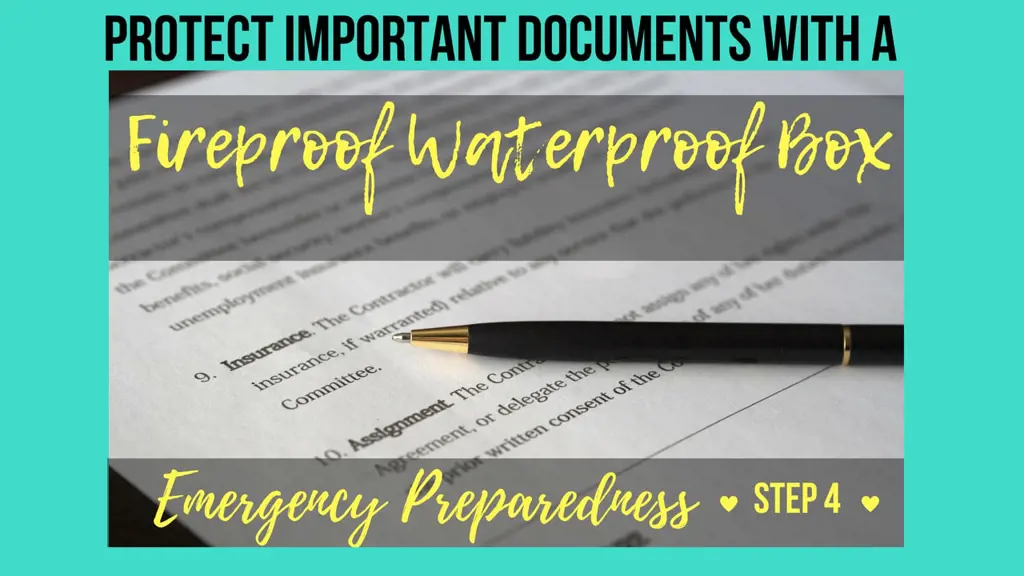
When evacuating, it is important to have all your personal documents and important papers with you to ensure that you have everything you need in case of an emergency or disaster. These documents will not only help you during the evacuation process but also in the aftermath when you need to access important information or file insurance claims. Here are some of the personal documents and important papers that you should bring when evacuating:
- Identification Documents: Make sure to bring your driver's license, passport, and any other identification documents that you have. These will help you verify your identity and may be required when checking into a shelter or when seeking assistance from emergency services.
- Financial Documents: Bring your credit cards, bank account information, and any important financial documents such as investment portfolios or loan agreements. These documents will be crucial for handling your finances and accessing funds during the evacuation period.
- Insurance Policies: It is essential to have copies of your insurance policies, including home, auto, health, and life insurance. These policies will be critical if you need to file a claim for damage to your property or seek medical assistance during the evacuation.
- Medical Records: Bring copies of your medical records, including prescriptions, allergies, and any other pertinent medical information. This will ensure that you have access to necessary medications and treatments in case of an emergency or if you need to seek medical help while evacuating.
- Proof of Residence: It is advisable to bring documents that verify your address, such as utility bills, property tax records, or lease agreements. These documents can be useful when dealing with government agencies or when seeking assistance after the evacuation.
- Important Contacts: Compile a list of important contacts, including family members, friends, and emergency services, and make sure to bring it with you. In case you are separated from your loved ones during the evacuation, having their contact information readily available will help you stay connected.
- Legal Documents: If you have any legal documents such as marriage certificates, birth certificates, or adoption papers, it is essential to bring them with you. These documents may be required for legal purposes or if you need to establish your family's identity while evacuating.
- Photos and sentimental items: While not necessarily important for practical purposes, bringing photos and sentimental items can provide comfort during a difficult time. These items can bring a sense of familiarity and remind you of your loved ones during the evacuation.
It is also important to keep all these documents in a waterproof and fireproof container to protect them from damage during the evacuation. Additionally, consider making digital copies of all these documents and storing them securely in the cloud or on a portable storage device. This will ensure that even if the physical copies are lost or damaged, you still have access to the important information.
In conclusion, when evacuating, it is crucial to bring all your personal documents and important papers to ensure that you have everything you need in case of an emergency or disaster. These documents will help you during the evacuation process and in the aftermath when you need to access important information or file insurance claims. Remember to keep them in a secure and easily accessible location and consider having digital copies as a backup.
Essential Packing List for Spring Adventures in Ireland
You may want to see also

Is there any specific safety gear or equipment that should be included in an evacuation packing list?
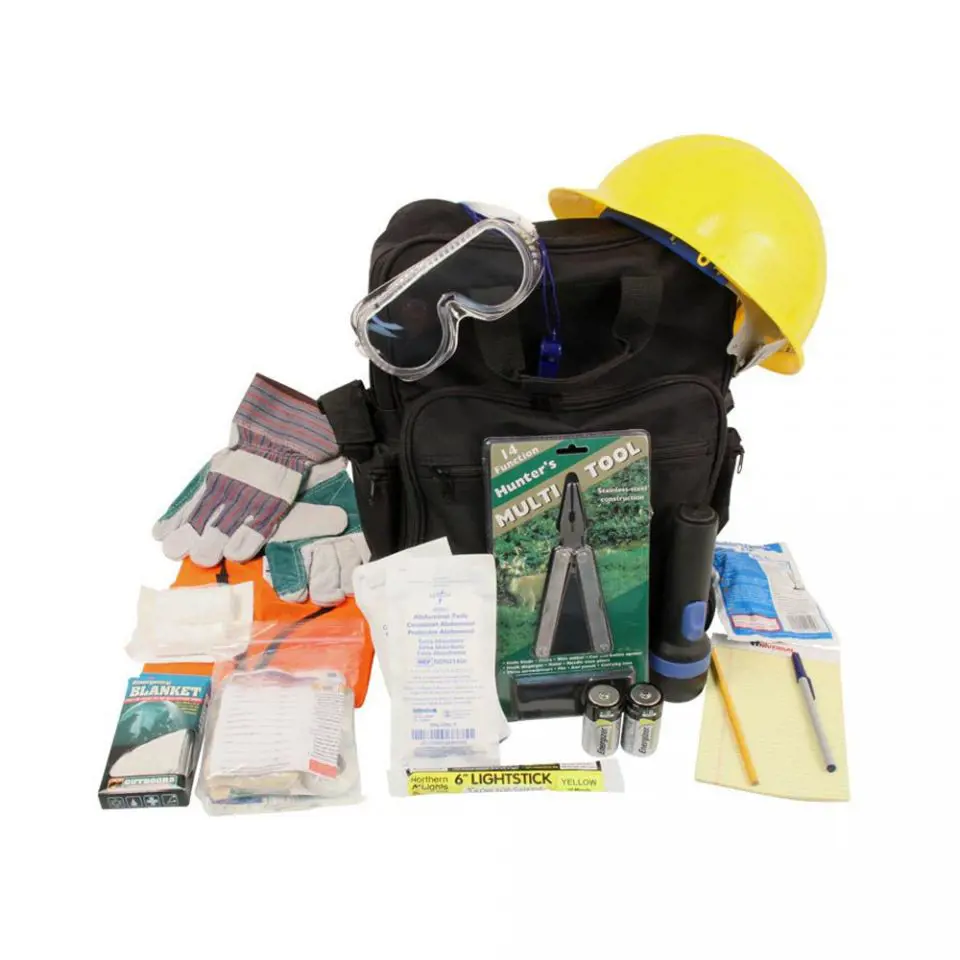
In times of emergency, it is crucial to be prepared for any situation that may arise. Evacuation is often a necessary step to ensure safety during a disaster or crisis. When putting together an evacuation packing list, it is important to include specific safety gear and equipment to help protect yourself and your family. Here are some items that should be included in your evacuation packing list:
- First aid kit: A well-equipped first aid kit is essential in case of any injuries that may occur during evacuation. It should include adhesive bandages, gauze pads, antiseptic wipes, tweezers, scissors, and other basic medical supplies.
- Emergency whistle: An emergency whistle can be extremely helpful in alerting rescue teams of your presence. It is a small and lightweight item that can easily be attached to your backpack or clothing.
- Flashlight and extra batteries: During an evacuation, there may be instances where you are without power. Having a reliable flashlight and extra batteries can help you navigate in the dark and signal for help if needed.
- Multipurpose tool: A multipurpose tool, such as a Swiss Army knife, can be invaluable during an evacuation. It can be used for various tasks such as cutting through ropes, opening cans, or fixing equipment.
- N95 masks: In certain emergency situations, the air quality may be compromised due to smoke, dust, or other pollutants. N95 masks can help filter out harmful particles and protect your respiratory system.
- Personal hygiene items: It is crucial to include personal hygiene items such as toilet paper, hand sanitizer, and wet wipes in your evacuation packing list. These items can help maintain cleanliness during challenging circumstances.
- Emergency blankets: Emergency blankets are lightweight and can provide warmth in cold weather. They are compact and easy to pack, making them an essential item to include in your evacuation kit.
- Water and non-perishable food: It is recommended to include at least three days' worth of water and non-perishable food items in your evacuation kit. These supplies will help sustain you until you can access safe shelter or assistance.
- Extra clothing and sturdy shoes: It is important to pack extra clothing and sturdy shoes suitable for walking long distances if necessary. In an evacuation scenario, you may be exposed to different weather conditions and may need to navigate rough terrain.
- Important documents and cash: Keep copies of important documents such as identification cards, insurance papers, and contact information in sealed plastic bags or waterproof containers. It is also advisable to carry some cash in case electronic transactions are not possible during evacuation.
It is important to periodically review and update your evacuation packing list. Make sure to consider any unique needs of your family members, such as medications, baby supplies, or special dietary requirements. Additionally, it is crucial to have a plan in place and be familiar with evacuation routes and designated shelter locations in your area. By being prepared and having the necessary safety gear and equipment, you can increase your chances of staying safe during an evacuation.
Essential Packing Guide for a Trip to Tobermory: What to Bring for Your Adventure
You may want to see also

Are there any specific items or supplies to pack for specific types of emergencies, such as a hurricane or wildfire?
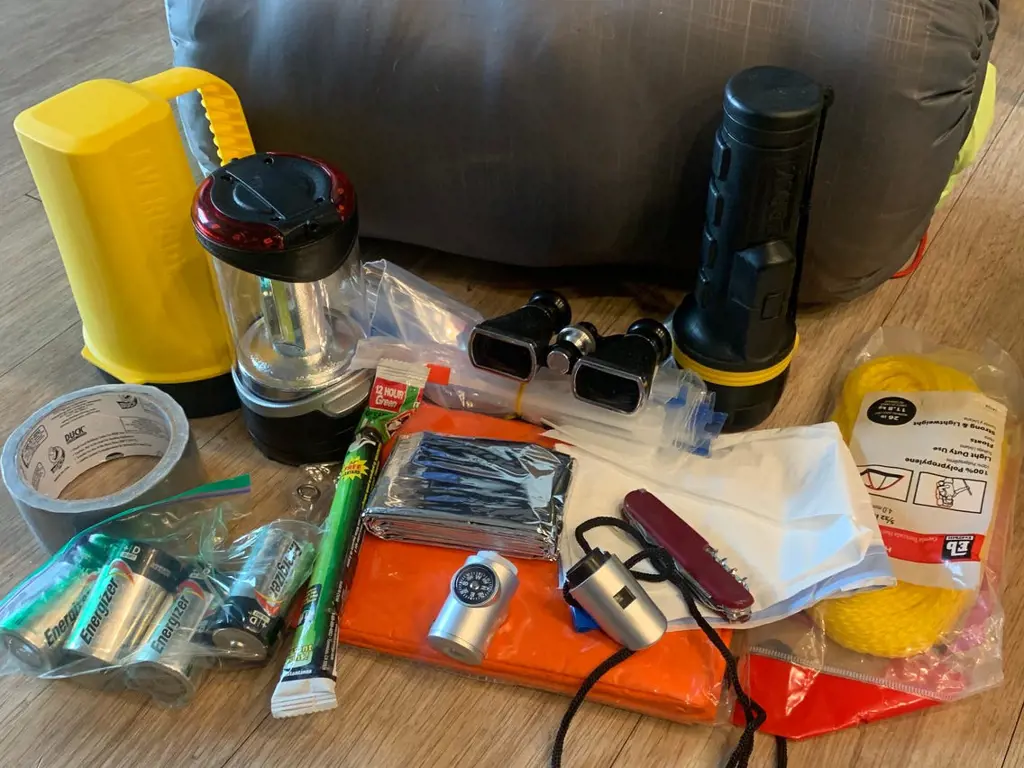
When it comes to preparing for emergencies such as hurricanes or wildfires, it is always better to be over-prepared than under-prepared. While the exact list of items may vary depending on the specific emergency and your location, there are some general supplies that can be useful in a variety of situations. Here are some items to consider packing for specific types of emergencies:
- Water: This is perhaps the most important item to have on hand during any emergency. The general rule of thumb is to have at least one gallon of water per person per day for at least three days. It is essential for drinking, cooking, and personal hygiene.
- Non-perishable food: Stock up on canned goods, protein bars, and other non-perishable food items that do not require refrigeration or cooking. Aim for a three-day supply of food per person.
- Medications: If you or your family members rely on prescription medications, make sure to have a sufficient supply on hand. Additionally, stock up on basic over-the-counter medications such as pain relievers, fever reducers, and first aid supplies.
- Flashlights and batteries: Power outages are common during emergencies, so it is important to have a reliable source of light. Pack flashlights and extra batteries to ensure you can navigate in the dark.
- Extra clothing and blankets: In some emergency situations, you may not be able to rely on heating or cooling systems. Having extra clothing, including warm layers and blankets, can help you stay comfortable.
- Personal hygiene items: Pack toiletries such as toilet paper, soap, hand sanitizer, and wet wipes. These items can help maintain proper hygiene when water supplies may be limited.
- Important documents: Gather important documents such as identification, passports, insurance policies, and emergency contact information. Place them in a waterproof container or bag for safekeeping.
- Cash: ATMs and credit card machines may not be functional during emergencies, so it is wise to have some cash on hand for emergency purchases.
In addition to these general items, there are specific supplies that may be necessary for different types of emergencies:
Hurricanes:
- Tarps and plastic sheeting to cover windows and protect against water damage.
- Portable generator or battery-operated charger to power essential devices.
- Extra fuel for generators or vehicles.
- Extra pet supplies, including food and water.
Wildfires:
- N95 masks to protect against smoke and air pollutants.
- Fire extinguishers for small fires.
- Fire-resistant clothing and gloves.
- Portable radios for receiving emergency updates.
Remember that the specific items you need may vary depending on your location, personal circumstances, and the recommendations of local authorities. It is important to stay informed about potential emergencies in your area and follow the guidance provided by emergency management agencies to ensure your preparations are adequate.
Essential Packing List for Hiking the South Downs Way
You may want to see also
Frequently asked questions
When evacuating, it is crucial to pack important documents that you may need, such as identification cards, passports, driver's licenses, birth certificates, and social security cards. Additionally, it is recommended to bring any legal or financial documents, such as insurance policies, medical records, and property deeds. Having these documents readily available can help ensure a smooth evacuation process and provide necessary proof of identification or ownership if required.
When packing clothes for evacuation, it is essential to prioritize comfort, durability, and practicality. Depending on the weather conditions, pack appropriate clothing such as light layers, waterproof jackets, and sturdy shoes. Remember to include essentials like undergarments, socks, and spare sets of clothes. It is also wise to pack a few personal hygiene items, such as a toothbrush, toothpaste, and deodorant, to maintain basic cleanliness during the evacuation.
When preparing an emergency evacuation kit, it is advisable to include non-perishable food items that require little to no preparation. Examples include canned goods, energy bars, dried fruits, and nuts. Aim to have enough food to sustain each person at least three days. Additionally, pack sufficient drinking water or water purification tablets, aiming for one gallon per person per day. It is important to regularly check and replace packed food and water to maintain freshness and effectiveness.
In addition to important documents, clothes, food, and water, it is recommended to pack other essential items when evacuating. These items may include prescription medications, a first aid kit, personal hygiene items, a flashlight with extra batteries, a portable phone charger, a basic toolkit, extra cash, and important contact information. It is also prudent to pack any necessary comfort items, such as blankets, pillows, and a change of shoes, to help make the evacuation process as smooth and comfortable as possible.







